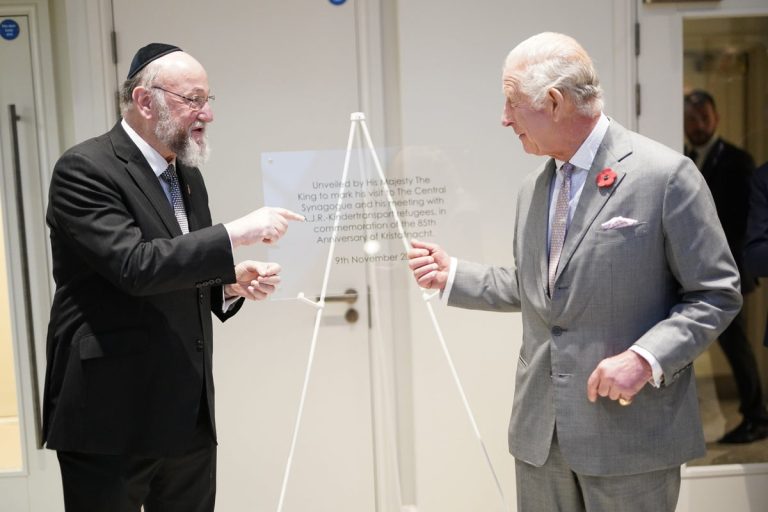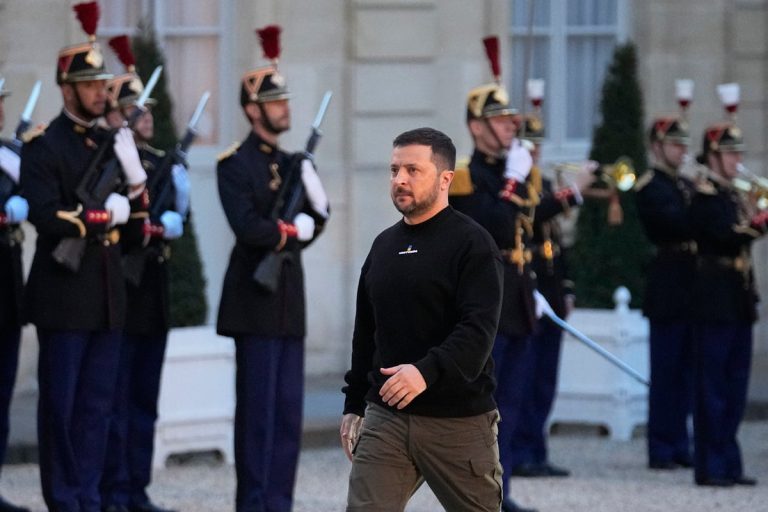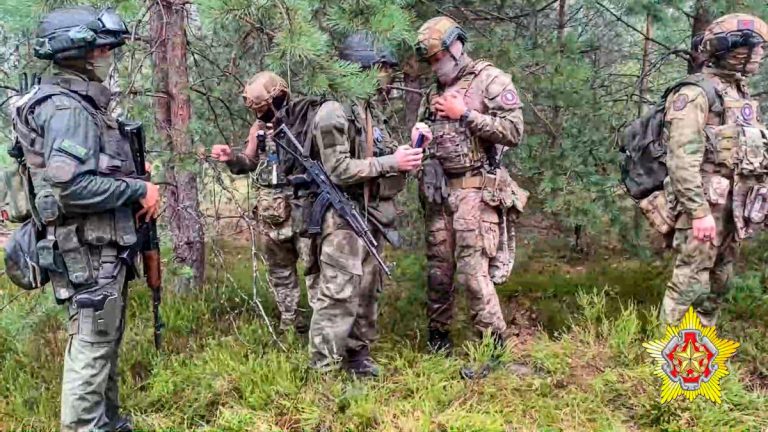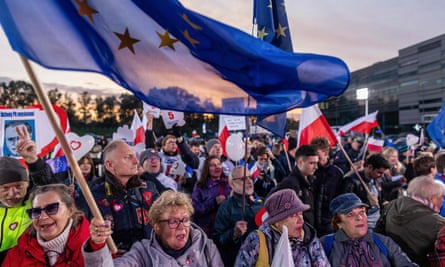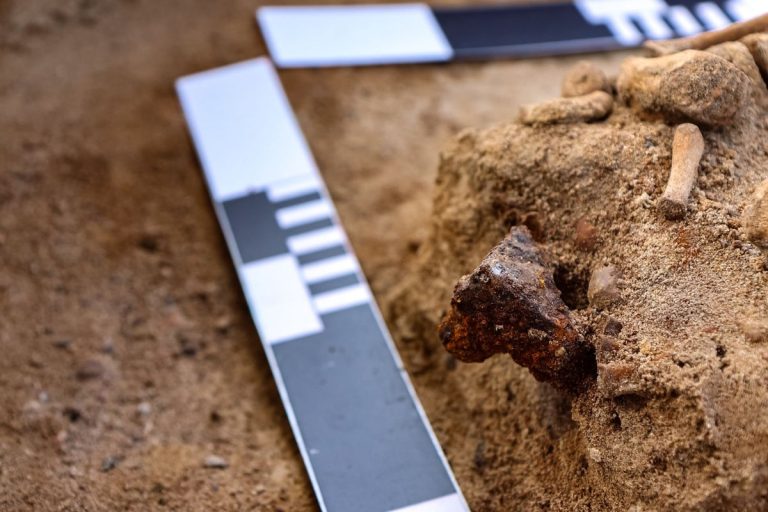Spiritual, not spooky. After Halloween, Christians observe All Saints’ Day
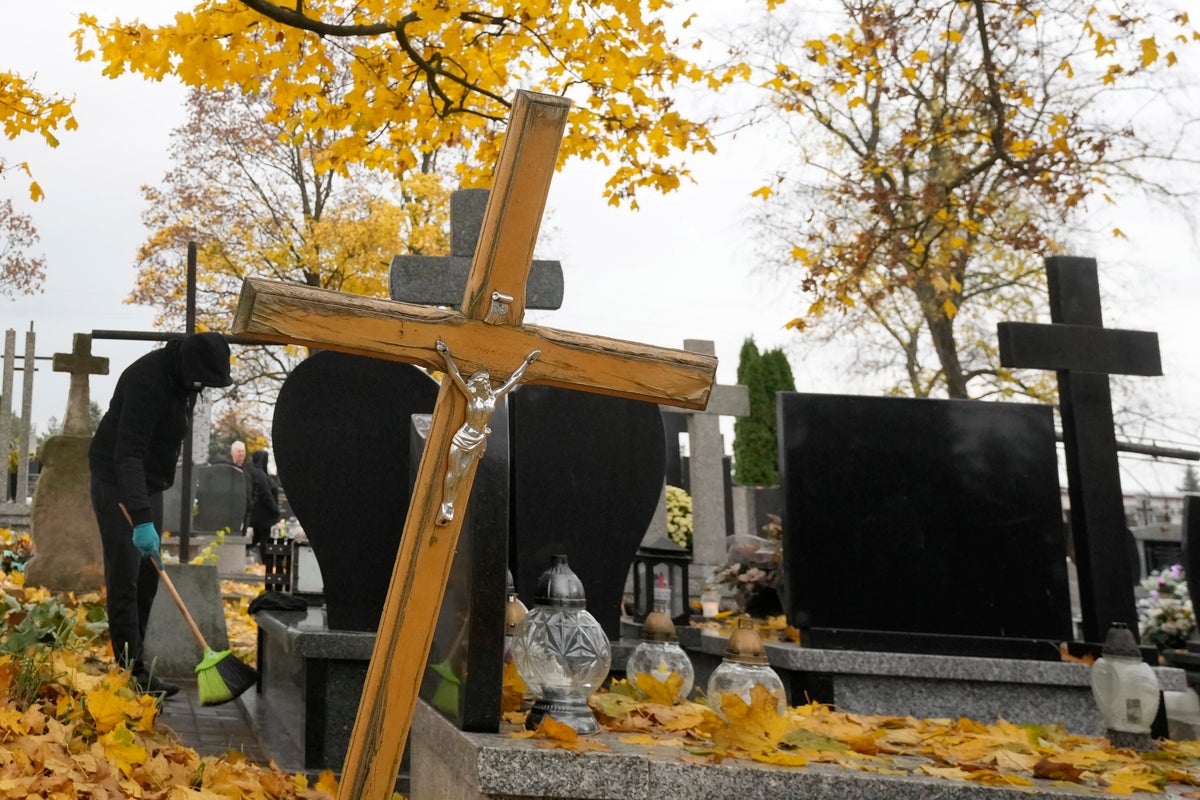
Your support helps us to tell the story
Read more
From reproductive rights to climate change to Big Tech, The Independent is on the ground when the story is developing. Whether it’s investigating the financials of Elon Musk’s pro-Trump PAC or producing our latest documentary, 'The A Word’, which shines a light on the American women fighting for reproductive rights, we know how important it is to parse out the facts from the messaging.
At such a critical moment in US history, we need reporters on the ground. Your donation allows us to keep sending journalists to speak to both sides of the story.
The Independent is trusted by Americans across the entire political spectrum. And unlike many other quality news outlets, we choose not to lock Americans out of our reporting and analysis with paywalls. We believe quality journalism should be available to everyone, paid for by those who can afford it.
Your support makes all the difference.CloseRead moreClose
It’s the time of year — tradition says — when the veil between the worlds of the living and the dead is lifted.
That traditional belief has morphed over the centuries into the spooky and secular celebration of Halloween.
But one day later, Christians in many countries around the world are celebrating All Saints’ Day on Friday, a somber and spiritual day in the church’s liturgical calendar that shares pagan roots with Halloween.
The word “Halloween” derives from “All Hallows Eve,” which means the eve of All Saints’ Day, a holiday that has also been known as All Hallows. It honors martyrs and saints — those who were hallowed, or deemed holy — a tradition begun by the Roman Catholic church in the early medieval period.
Scholars believe that the spectral aspects of Halloween emerged primarily from Samhain, an ancient Celtic festival that occurred during the harvest season, said Morgan Shipley, a professor of religious studies at Michigan State University in East Lansing.
It was a time when people were “transitioning from harvest and bounty and the fullness of summer to the desolation of winter,” he said. “And it was said that in this time the veil between the physical, material human world and the spiritual world essentially dissipates away.”
Some of the spirits or spectral beings were viewed as demonic in nature, and bonfires became a way to ward them away, or were used in divination by druid priests and priestesses when the veil between the material and spiritual world broke down, he said.
As Christianity spread, many pagan rituals were adapted to the new faith to be more attractive to converts. The period of reflecting on the dead continues though Nov. 2, which is All Souls’ Day.
In Central Europe, the Slavic and Baltic populations had their own rituals in which the living communed with the dead between Oct. 31 and Nov. 1.
Believers and non-believers alike in many traditionally Roman Catholic societies observe the day.
In Poland, it is one of the most important days of the year. Many travel back to their family homes to gather with those still living and reflect on those who have left them.
So many people observe the holiday that cemeteries are transformed into flickering carpets of light so impressive that even the most secular cannot help but feel moved. Cities including Warsaw and Krakow run many additional tram and bus lines to ferry the huge numbers to — and between — cemeteries.
While the reflections are mostly personal, people also leave candles at the graves of national heroes. So many people visit cemeteries at the same time that the celebration takes on a communal quality.
It has become so much part of the wider culture in Poland that people place candles in the Jewish and Muslim cemeteries as well.
In the Philippines, millions trooped to cemeteries across the country Friday to observe the annual tradition, visiting tombs of their loved ones. Thousands were seen visiting and offering flowers and candles to be placed at the graves of their deceased loved ones at the Manila North Cemetery in the capital.
“Even if I’m old, I still visit the tombs of my relatives, especially my husband’s, during All Saints’ Day. As long as I can walk, I will visit him,” said Manila resident Dory Oliquino.
All Saints’ Day has been a family reunion for many Filipinos, where they keep vigil at the tombs.
“All Saints’ Day is the day we celebrate and remember our departed loved ones, so that even if they are gone our memories with them would still be fresh on our minds,” said Luis Montibon.
Italians traditionally visit cemeteries to pay tribute to deceased family members on All Souls’ Day, lighting candles or laying flowers. Pope Francis will visit Rome’s third-largest cemetery, the Laurentino Cemetery, to celebrate Mass and lead prayers for the dead. The pope visited the same cemetery in 2018, stopping to pray in an area dedicated to fetuses.
In recent years as the holiday approaches, there are discussions about Halloween and its compatibility with Christian beliefs in the afterlife.
Poles began to celebrate Halloween after the fall of communism in 1989, but some worry that the foreign cultural import could eventual dilute the tradition of All Saints’ Day. Some Catholics worry that it also might be sinful due to allusions to devils and ghosts. Pushing back, some church groups have begun holding alternative events for All Saints’ Day.
This week, a church group organized the 3rd All Saints’ Ball in the Polish town of Plock, according to a Catholic news site, Niedziela — meaning Sunday — which reported that “the children came dressed as saints and blessed of the Catholic Church and as angels.”
___
Associated Press journalist Colleen Barry contributed from Milan. Basilio Sepe contributed from Manila, Philippines.


